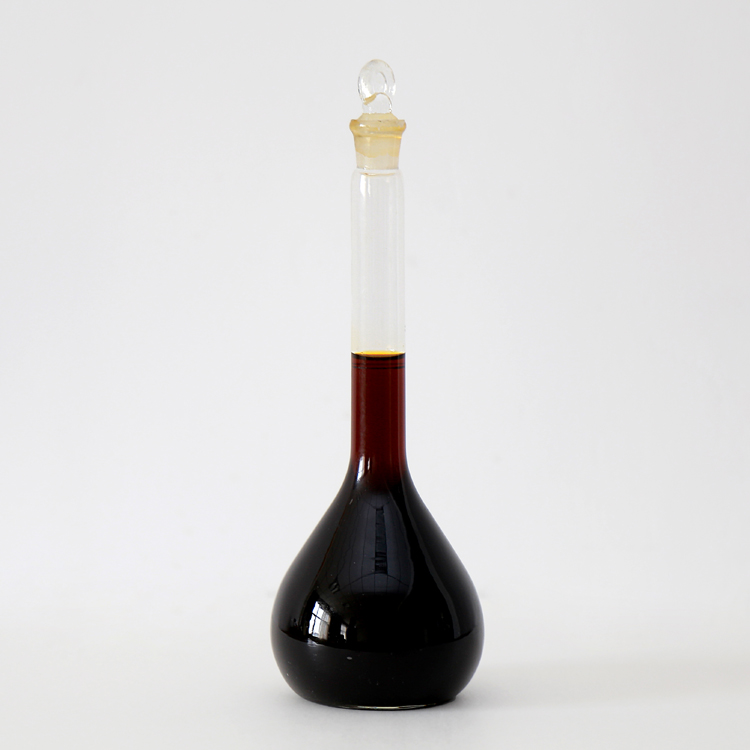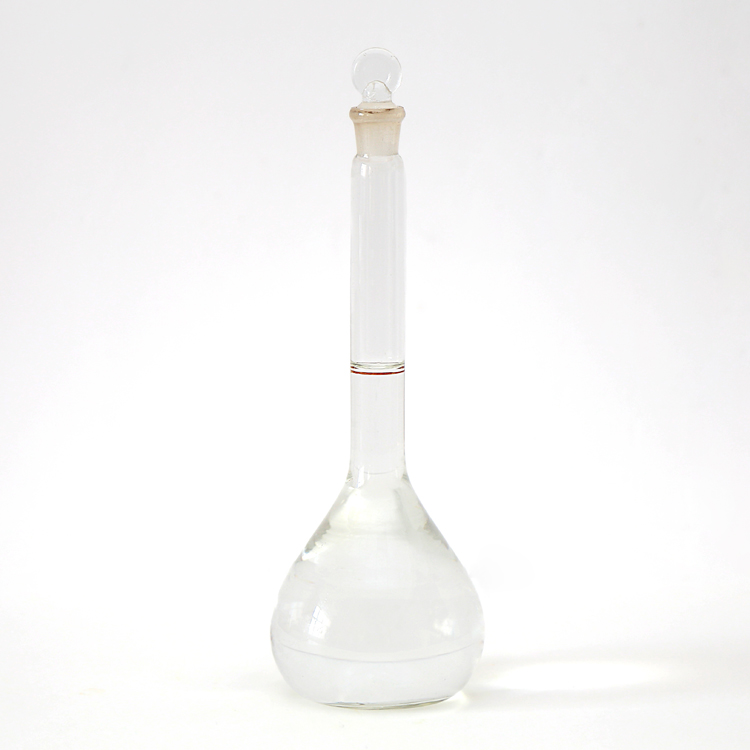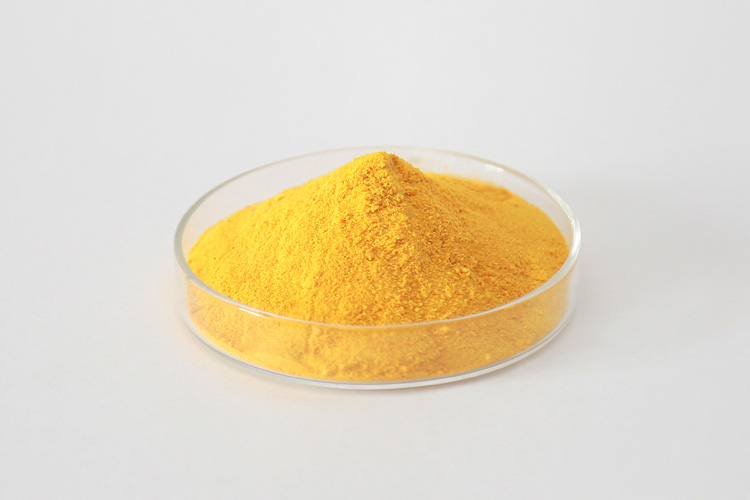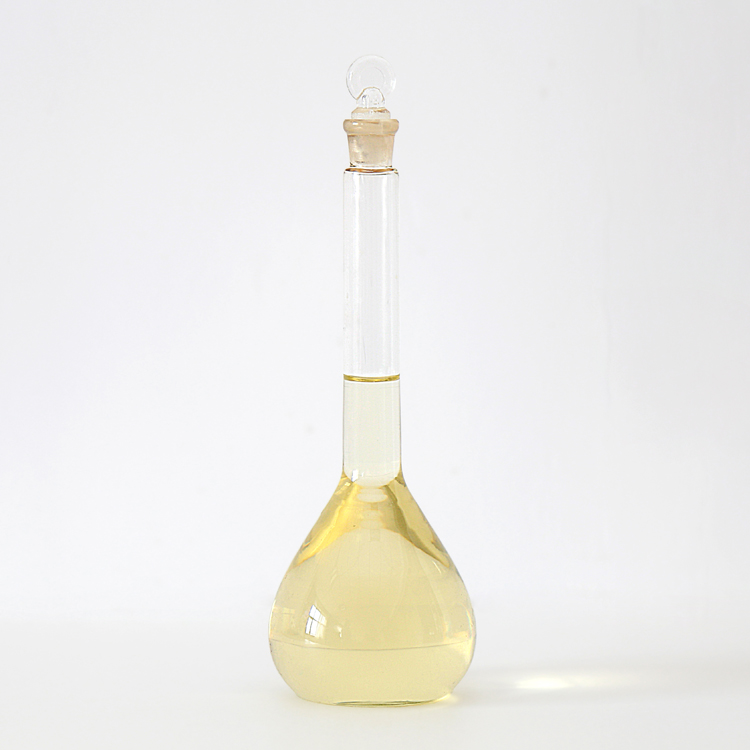
COMPANY NEWS
- Home >> NEWS >> COMPANY NEWS
Product recommendation
Hot News
Contact us
- Tel:+86-0391-3126812
- Phone:+86-15803910375
- Add:The west industrial cluster area of Jiaozuo City, Henan province, China
- E-mail:aefk@aefkchem.com
Comparison of effects of aluminum sulfate and polyaluminum chloride in sewage treatment
Polyaluminum chloride (PAC) is a kind of inorganic polymer coagulant. It is an inorganic polymer water treatment agent with large molecular weight and high charge due to the bridging effect of hydroxyl ions and the polymerization of multivalent anions. The molecular formula is as follows: [al2 (OH) ncl6-n] (n is 1-5.m ≤ 10) basicity: B = n/6 × 100%, and its coagulation is shown as follows:
1. Strong electric neutralization of colloidal substances in water.
2. The hydrolysate has excellent bridging adsorption for suspended solids in water.
3. Selective adsorption of soluble substances.
The main form of polyaluminum chloride in water is al13o4 (OH) 247+
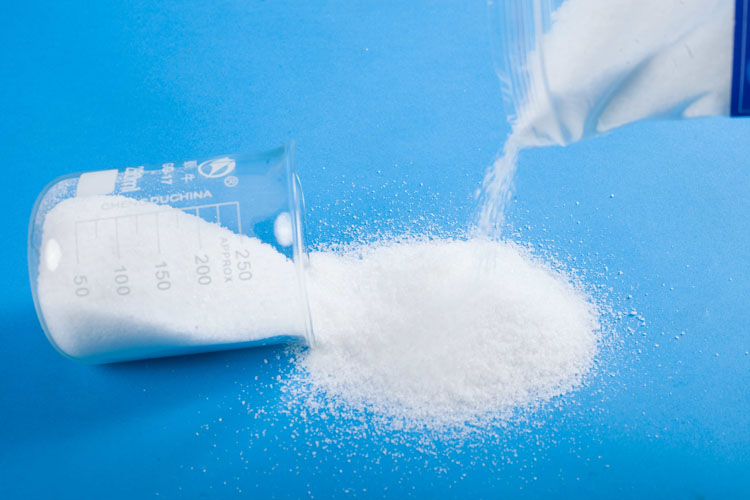
Properties of polyaluminum chloride
1. The purified water quality is better than aluminum sulfate coagulant, and the cost of water purification is 15-30% lower than that.
2. The flocs form quickly and settle quickly, which is more powerful than traditional products such as aluminum sulfate.
3. The alkalinity of the consumed water is lower than that of various inorganic coagulants, so no or less alkali can be added.
4. The applicable ph5.0-9.0 range of source water can be condensed.
5. Low corrosion and good operating conditions.
6. The solubility is better than aluminum sulfate.
7. The increase of salinity in the treated water is less, which is conducive to ion exchange treatment and high-purity water production.
8. The adaptability to source water temperature is better than inorganic coagulants such as aluminum sulfate.
As we all know, polyaluminum chloride and aluminum sulfate can be used as coagulants in sewage treatment. Should polyaluminum chloride or aluminum sulfate be used as coagulants in sewage treatment? First of all, if pH is considered in sewage treatment, aluminum sulfate is used to treat sewage by using the huge surface of hydrolyzed pure aluminum hydroxide colloid to adsorb condensed pollutants, so the suitable pH value is in the range of 6.0-7.0.
Polyaluminum chloride is a kind of inorganic polymer coagulant used as sewage coagulant. It is an inorganic polymer water treatment agent with large molecular weight and high charge due to the bridging effect of hydroxyl ions and the polymerization of multivalent anions. Therefore, if polyaluminum chloride is used as a coagulant, the suitable pH range is 5.0-9.0, so the selection of coagulant can be determined according to the pH of wastewater.
Due to different reagent requirements for water treatment in various industries, considering the water quality requirements after sewage treatment, polyaluminum chloride can be used if the water quality requirements are relatively high. The less the residual salt in sewage treatment water, the better. Therefore, polyaluminum chloride is better than aluminum sulfate at this point.

In conclusion, polyaluminum chloride is suitable for a wider range of pH and less residue after treatment. Therefore, it is better to use polyaluminum chloride in sewage treatment!
Thank you for your attentionHenan aierfuke Chemical Co., Ltd:Focus on water treatment, only for the healthy world! Our company is committed toPolyaluminium chloride、Polyferric sulfateThe R & D, manufacturing and sales of series of water purification materials are willing to create success with our customers and friends.
 Chinese
Chinese English
English Russia
Russia


